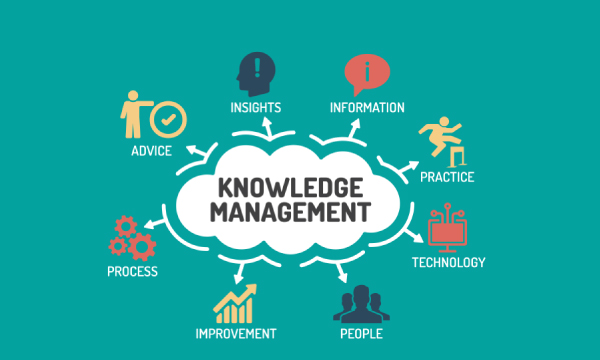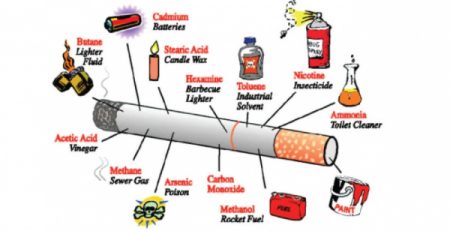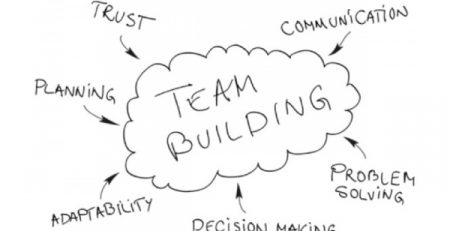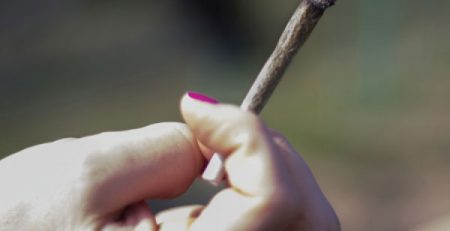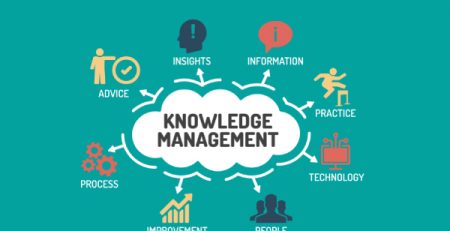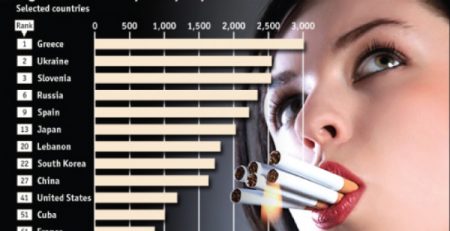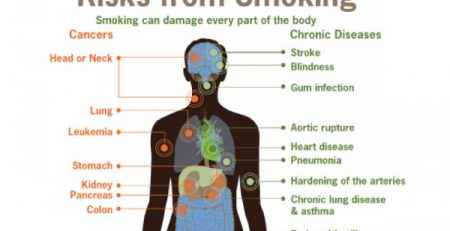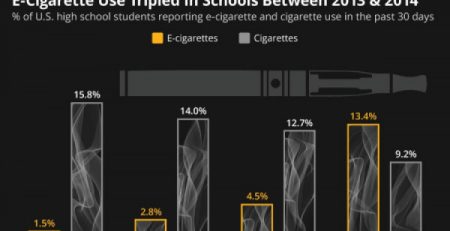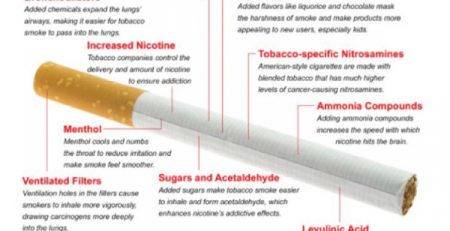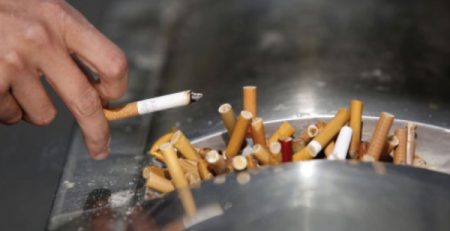Meeting Minutes on Tobacco Industry Surveillance Research
Meeting Minutes on Tobacco Industry Surveillance Research Starting Date: 13 February 2012 Time: 09:00 Ending Date: 13 February 2012 Time: 13:00 Venue: Room 7203, Faculty of Public Health, Mahidol University
Total Participants: 20 people Host: Tobacco Control Research and Knowledge Management Center (TRC) Taking Minutes at the Meeting: Mr. Harris Taweepatana Proof Read Meeting Minutes: Dr. Siriwan Pitayarangsarit Latest Updated: 23 March 2012
Activity Detail
Purposes of this meeting are below:
- To consult about research conducted on tobacco industry surveillance
- To introduce surveillance projects supported by Tobacco Control Research and Knowledge Management Center (TRC)
- To obtain research questions that will be used as indicators on the 8th National Strategic Plan for Tobacco Control, 2010-2014 (B.E. 2553-2557)
To introduce surveillance projects supported by Tobacco Control Research and Knowledge Management Center (TRC) established during 2008-2012. The details of these surveillance projects are described below:
- The study project on the role of smokeless tobacco in national and international tobacco control in the next decade by Assoc. Dr. Waranun Boajeb
- Baraku tobacco marketing strategy and tobacco consumption behavior in the adolescent by Prof. Dr. Srirat Lapyai
- The project of Lessons Distilled from successful projects and VDOs to protest Tabinfo Asia 2009 by Prof. Dr. Piyarat Nimpitakpong and Dr. Sathaporn Jiratananon;
- Situation survey and mixing of market portions of new tobacco products used among adolescents by Prof. Dr. Srirat Lapyai
- Fraud and deception of the tobacco companies by Dr. Nithat Sirichotiratana and Dr. Naowarut Charoenca
- The systematic review of knowledge of things used in tobacco product promotion in Thailand by Assoc. Dr. Wanpen Kaewpan and et al.
- Market media use of tobacco entrepreneurs by Prof. Dr. Wali Wattanasiri
- Literature review on electronic cigarette by Dr. Nithat Sirichotiratana
- How does Thai Society build mechanisms to prevent tobacco intervention according to the Article 5.3 of the WHO Framework Convention on Tobacco Control
- Tobacco product business via internet by Dr. Pichitpong Soontornpipit
- Surveillance of the promotion of tobacco companies and cigarette retail shops: Case study of the Lower North of Thailand by Dr. Pirat Aunain To present the third period of the project of Monitoring and surveillance of tobacco industry (draft) by Asst.Prof. Dr. Piyarat Nimpitakpong. This project was authorized from the meeting. However, the meeting also provided suggestions to revise and add more content in various areas for submission of the full proposal in order to receive research funding.
To obtain research questions for using as indicators for the 8th National Strategic Plan for Tobacco Control, 2010-2014 (B.E. 2553-2557).
Tobacco Control Research and Knowledge Management Center (TRC) has introduced indicators for use for the 8th National Strategic Plan for Tobacco Control, 2010-2014 (B.E. 2553 – 2557).
Conclusion
After collecting information from various sources to evaluate indicators that were suggested by Dr. Piyarat Nimpitakporn, the sources of those indicators can be categorized as below:
Group 1: Office of the Alcohol Beverage and Tobacco Control Committee Ministry of Health (Source)
- The number of times the international tobacco companies intervene in the development of tobacco control policy or public policy.
- The number of areas identified with social and legislative activities for new various tobacco marketing.
- The number of complaints that tobacco businesses are violating the law.
- The number of court cases and prosecutions of the illegal tobacco businesses.
Group 2: Action on Smoking and Health Foundation Thailand
- The number of news items in various media channels relevant to illegal tobacco court cases.
- The number of times necessary to explain that smoking is not a usual thing.
- Types of media channels and the number of disseminations of information for CSR prevention.
- The number of news / narrative advertisements in publications that show the popularity of cigarette smoking.
Group 3: Action on Smoking and Health Foundation Thailand / The surveillance network of the Lower North / TRC (Source)
- The number of CSR activities that the Thailand Tobacco Monopoly publicized on websites and other various media channels.
- The number of activities undertaken in preventing various new tobacco products.
- The number of research investigations relevant to CSR activities.
Group 4: Tobacco Research Control and Knowledge Management, TRC (Source)
Knowledge level and awareness of staff and people who were trained to know strategies of the tobacco industry (that need additional research or the use of situation surveys that could already have information available). The survey result of attitude / awareness of adolescent on CSR activities of the tobacco industry
In this discussion, the information from participants indicated that adolescents dont have knowledge and awareness of CSR of the tobacco industry because the CSR activities of the tobacco industry were activities through cooperation with schools. Most adolescents did not know that those activities were CSR activities of the tobacco industry. Because of this, the adolescents must be provided more knowledge of CSR before doing research on this matter. Using research results of public media for public evaluation of the tobacco industry (produced by the media team of ThaiHealth) shows that adolescent smokers believed that the social activities of the tobacco industry was able to help in creating a good image for tobacco companies. Moreover, they thought that new designs on tasty cigarettes and new tobacco product designs were alternatives for smokers without being deceptive. However, these adolescent smokers do not know about the harms of cigarette smoking that will occur for them and others.
Further implementation: the surveillance projects have to monitor information from various sources and TRC will use that information to complete a situation report for further action.


